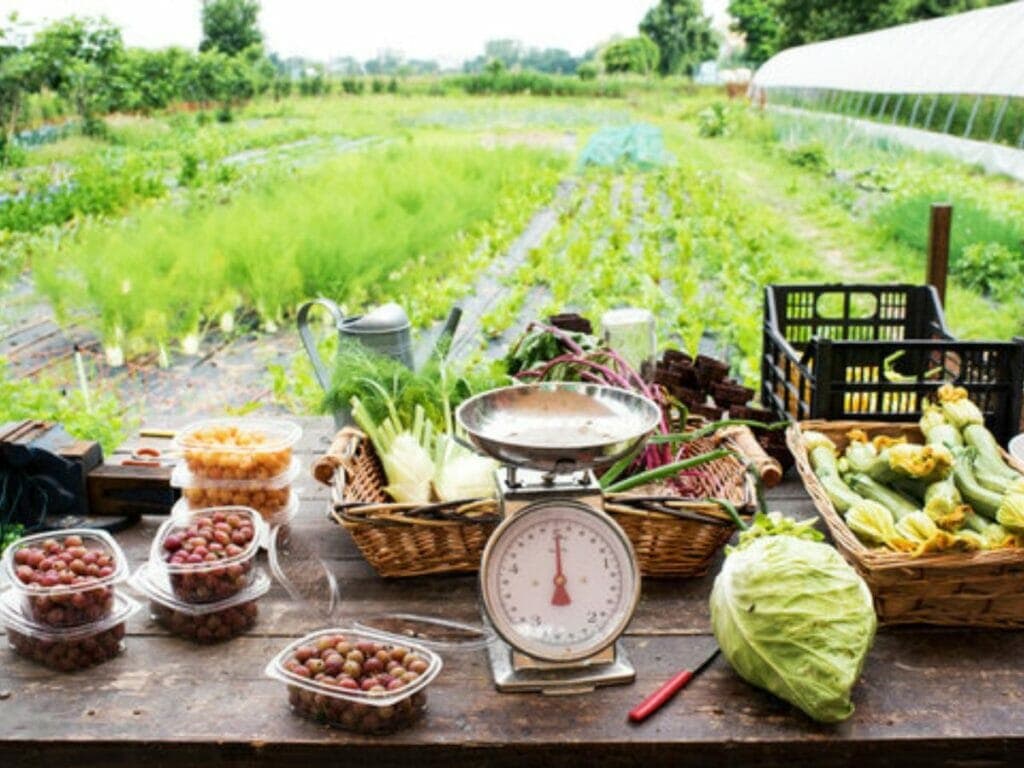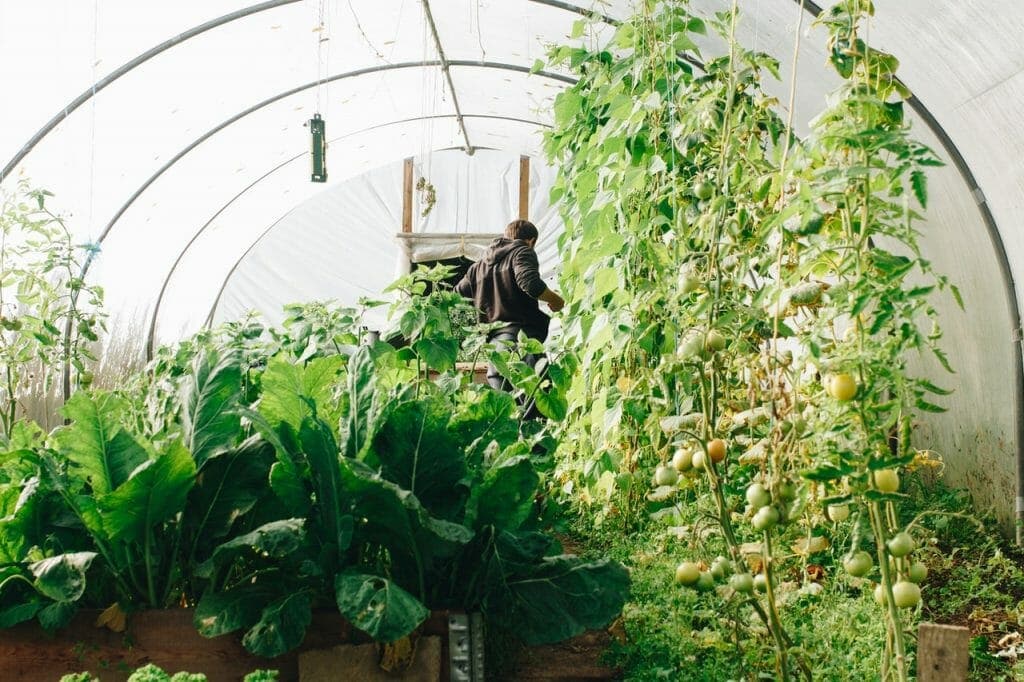All About Market Gardens
A market garden is a small-scale farm that grows vegetables and fruits for sale at a farmers market or roadside stand. Market gardens are usually run by sole proprietors or small family farms. Commercial farms that sell their products through grocery stores or restaurants are not considered market gardens.
If you’re thinking about starting a market garden, there are a few things you should know. In this blog post, we’ll cover everything from the basics of market gardening to more advanced topics like marketing and product differentiation. Keep reading to learn more!
The Basics of Market Gardening
Market gardening is a type of farming that involves growing vegetables and fruits for sale at farmers’ markets, roadside stands, and other direct-to-consumer outlets. Market gardens are usually small operations that are run by sole proprietors or small family farms. Larger commercial farms that sell their products through grocery stores or restaurants are not typically considered market gardens.
Market gardening is a great way to enter the agriculture industry because it requires less land and capital than traditional farming operations. Market gardeners also have more control over their products than larger commercial farms because they can direct-sell to consumers and tailor their offerings to local demand.
That said, market gardening is not without its challenges. One of the biggest challenges facing market gardeners is finding ways to differentiate their products from those of their competitors. With so many fresh fruits and vegetables available for purchase, customers can be picky about where they buy their produce. As a result, market gardeners need to get creative with their marketing tactics and product offerings if they want to stand out from the crowd.
Another challenge facing market gardeners is managing labor costs. Because most market gardens are small operations, they often rely heavily on manual labor to get the job done. This can be costly, especially if you’re paying workers by the hour. To offset these costs, some market gardeners choose to use internships or volunteer programs to supplement paid labor. Others focus on automating as much of the growth process as possible using technology like hydroponics and robotics.

Marketing Your Market Garden Products
As a market gardener, you are always looking for new ways to increase your customer base and grow your business. One of the best ways to do this is through effective marketing. But what does effective marketing look like for a market garden? In this blog post, we will explore five key questions that will help you create a successful marketing plan for your market garden products.
Who is your target customer?
The first step in any marketing plan is identifying your target customer. Who are you hoping to reach with your marketing efforts? It is important to be as specific as possible when answering this question. For example, rather than saying “people who like vegetables”, you might say “health-conscious homeowners in XYZ town who are looking for locally sourced produce”. Once you have a clear idea of who your target customer is, you can begin to tailor your marketing messages to appeal to them.
What are you selling?
The second question to ask is what exactly you are selling. This may seem like a simple question, but it is important to be clear about the products or services that you are offering. What are the unique selling points of your market garden products? Why should potential customers buy from you instead of from another market gardener? Answering these questions will help you develop key messages that you can use in your marketing material.
When and where will you sell your products?
If you’re a market gardener, chances are you’re always looking for ways to increase your earnings. One way to do this is by selling your products in different places and at different times of the year. But with so many options out there, it can be tough to know where to start. To help you make the most of your market gardening business, we’ve put together a list of the best places and times to sell your products.
- The Farmers’ Market: This is one of the most obvious places to sell your market garden products, but it’s also one of the best. Farmers’ markets are typically held once a week and attract a large number of people who are looking for fresh, local produce. To participate in a farmers’ market, you’ll need to apply and be accepted by the market manager. Once you’re in, though, you’ll have a regular spot where you can sell your products on a regular basis. And since farmers’ markets are usually held outdoors, you’ll have the added bonus of getting some fresh air and enjoying the weather!
- Community Gardens: Community gardens are another great place to sell your produce. They typically have a central location where people can come to pick up their weekly share of vegetables. To participate in a community garden, you’ll need to become a member and pay a small fee. Once you’re a member, though, you’ll be able to sell your produce at the community garden on a regular basis.
- Food Co-ops and Buying Clubs: Food co-ops and buying clubs are similar to community gardens, but they typically don’t have their own physical location. Instead, members of these groups place orders for produce online or over the phone and then pick up their order from a central location once it’s ready. To participate in a food co-op or buying club, you’ll need to become a member of the group and pay any associated fees. Once you’re a member, though, you’ll be able to sell your produce through the group on a regular basis.
There are plenty of great places to sell your market garden products – it just takes a little bit of research to find the right fit for you! The farmers’ market is always a great option, but don’t forget about food co-ops, buying clubs, and community gardens as well. Whichever route you choose, we wish you luck in selling all of your delicious produce!
How will you reach your target customers?
Now that you know who your target customers are, what you’re selling, and where/when you’ll be selling it, the next step is figuring out how to reach them. There are many different ways to reach potential customers these days, so it’s important to choose the channels that make the most sense for your business. Some popular options include online advertising (such as Google Ads or Facebook Ads), print advertising (in local newspapers or magazines), word-of-mouth marketing (through satisfied customers), or even old-fashioned Flyers and posters around town.
No matter which channels you choose, the key is to be creative and consistent in your efforts.
Conclusion:
Starting a market garden can be a great way to enter the agriculture industry with less land and capital than traditional farming operations require. However, market gardeners face challenges like managing labor costs and differentiating their products from those of their competitors. Finding ways to effectively market your products is essential for success. By utilizing social media, traditional advertising, and word-of-mouth, you can reach new customers without breaking the bank..
One of the best ways to reduce labor costs in your market garden is by utilizing internships or volunteer programs. This will allow you to get the help you need without having to pay workers by the hour. You can also offset labor costs by automating as much of the growing process as possible using technology like hydroponics and robotics.



